SUMMERTIME (1955)
An American visitor in 1950s Venice embarks on an affair with a local man.
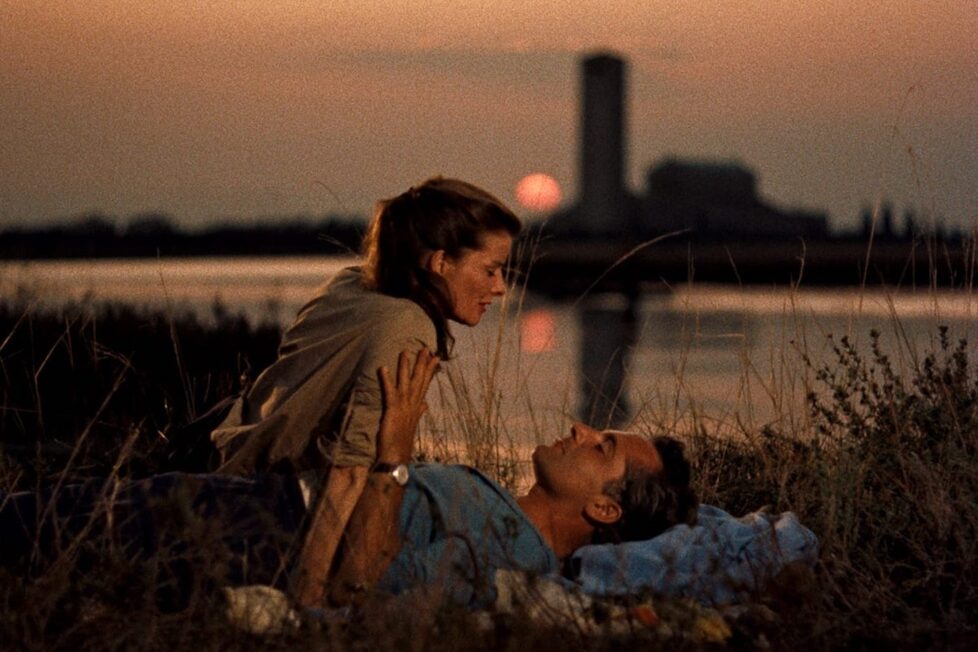
An American visitor in 1950s Venice embarks on an affair with a local man.


When Elizabeth David published Italian Food in 1954, for many British readers it was a revelation there was more to the peninsula’s cuisine than veal and spaghetti. “In [London’s] Soho but almost nowhere else,” she recalled a few years later, “such things as Italian pasta, and Parmesan cheese, olive oil, salame, and occasionally Parma ham were to be had.”
Now, in the age of Ryanair and EasyJet (not to mention Zizzi and Ocado), it’s easy to forget just how exotic, foreign, and different Italy once was to the ordinary Briton (or non-metropolitan American) in the 1950s. But the romance and mystery of the Mediterranean are vividly brought home by David Lean’s Summertime, released just a year after the Elizabeth David book was published, where Venice the city and Italianness itself are Katharine Hepburn’s real co-stars.
It’s a relatively little-known film—eclipsed, like most of Lean’s smaller-scale earlier work, by the five blockbusters which followed. But it was the director’s favourite among his own movies. “I’ve put more of myself into that film than any other I’ve ever made,” he said.

That’s a startling statement, given how dominated Lean’s image now is by the distinctly male Bridge on the River Kwai (1957) and, above all, Lawrence of Arabia (1962). Summertime couldn’t be more different from them, even if it did pave the way by freeing Lean from the sound stage and encouraging him to make all his future movies on location. This is a bittersweet tale of love and loneliness, its focus is almost exclusively on a woman (Hepburn), and it enthrals not with high drama but with a nuanced portrait of its protagonist and her relationships, as well as Lean’s sheer filmmaking skill.
Summertime (also known as Summer Madness in the UK and a few other places) was based on a play by Arthur Laurents called The Time of the Cuckoo, although the film ends less harshly (and indeed a stage musical adaptation of the 1965 play Do I Hear a Waltz?, with music by Richard Rodgers and lyrics by Stephen Sondheim, featured yet another ending). Laurents, soon to be successful on Broadway with shows like West Side Story (1957) and Gypsy (1959) to his name, also authored a screenplay but Lean eventually brought in the novelist H.E Bates—relatively inexperienced at screenwriting, with only one feature to his name—to produce the final screenplay.
It begins with the Orient Express pulling into Venice and an excited Jane (Hepburn), a spinster secretary from Ohio, shooting a home movie through the window to record every moment of this long-dreamed-of trip.
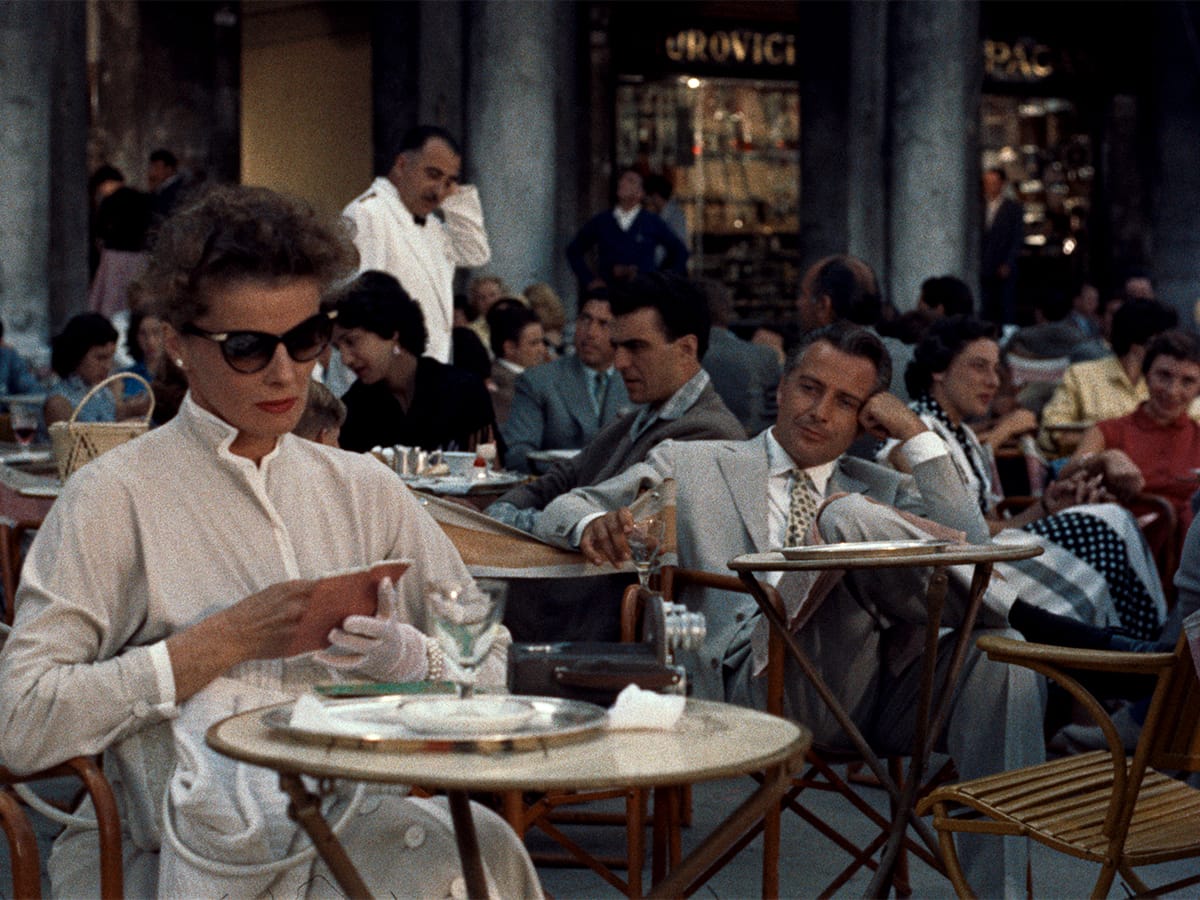
She soon encounters two other American visitors: the McIlhennys from Illinois (MacDonald Parke and Jane Rose), who turn out to be staying at the same pension run by Signora Fiorini (Isa Miranda), and provide comic relief as caricatures of the if-it’s-Tuesday-this-must-be-Belgium kind of tourist. (“If I have to look at one more painting I’ll yip,” says Mr McIlhenny.)
She also meets Eddie (Darren McGavin), an American painter lodging at the pensione, and his wife Phyl (Mari Aldon), a couple much younger than the McIlhennys who appear to be enjoying Venice with the kind of carefree ease to which Jane aspires. And she forms an unexpected but eventually close friendship with a local boy of 10 or so, Mauro (Gaetano Autiero), who seems to live on the street by his wits.
“Are you looking for something, lady?” Mauro asks, and of course, she is, though what this 1950s Shirley Valentine is looking for (perhaps unconsciously) isn’t the pens and postcards he’s constantly trying to sell. Indeed, when she tells a story about a girl she met on the transatlantic voyage who had “way back in the back of her mind… something she was looking for”, it seems very likely to audiences that Jane is talking about herself.
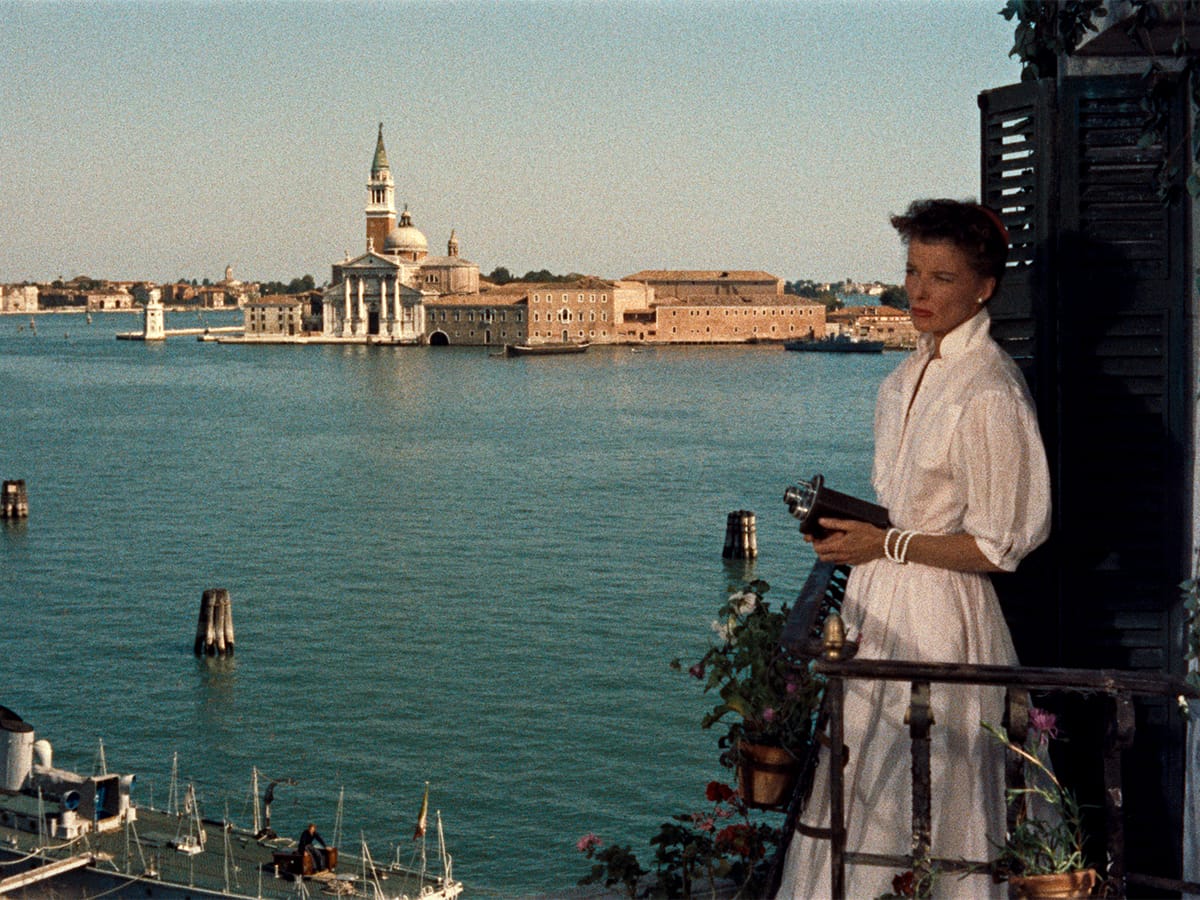
By far Jane’s most important new acquaintance, however—and the one who sets the main story in motion—is the antique dealer Renato (Rossano Brazzi, fresh from a starring role in 1954’s Three Coins in the Fountain, also concerned with US women in Italy). After two chance meetings, they embark upon an affair. Jane is resistant at first, for all that she is fascinated by him, but Renato is both perceptive about her (“you make many jokes, but inside I think you cry”) and persistent.
The mood between them is often buoyant and joyous, but at times darker. At one point, vital to the film’s exploration of the way non-Italians then perceived the country, Renato criticises tourists who romanticise a perfect Italy yet reject the possibilities of actual relationships with actual, imperfect Italians. Despite this, they are happy together for a while, until eventually, Jane confesses that “all my life I’ve stayed at parties too long” without knowing when to leave…
Hepburn (nominated for an Academy Award, as was Lean’s direction) is superb, and in a film where the contradictions in Jane’s character are all-important, she captures them beautifully through expression and gesture as much as dialogue: now worried, now blissful, sipping a drink with girlish delight. Jane, like many people, is nervous about the thing she longs for. She wants to be desirable to men, for example, but also goes abruptly stiff and prissy when she sees some young Italian guys openly admiring women.
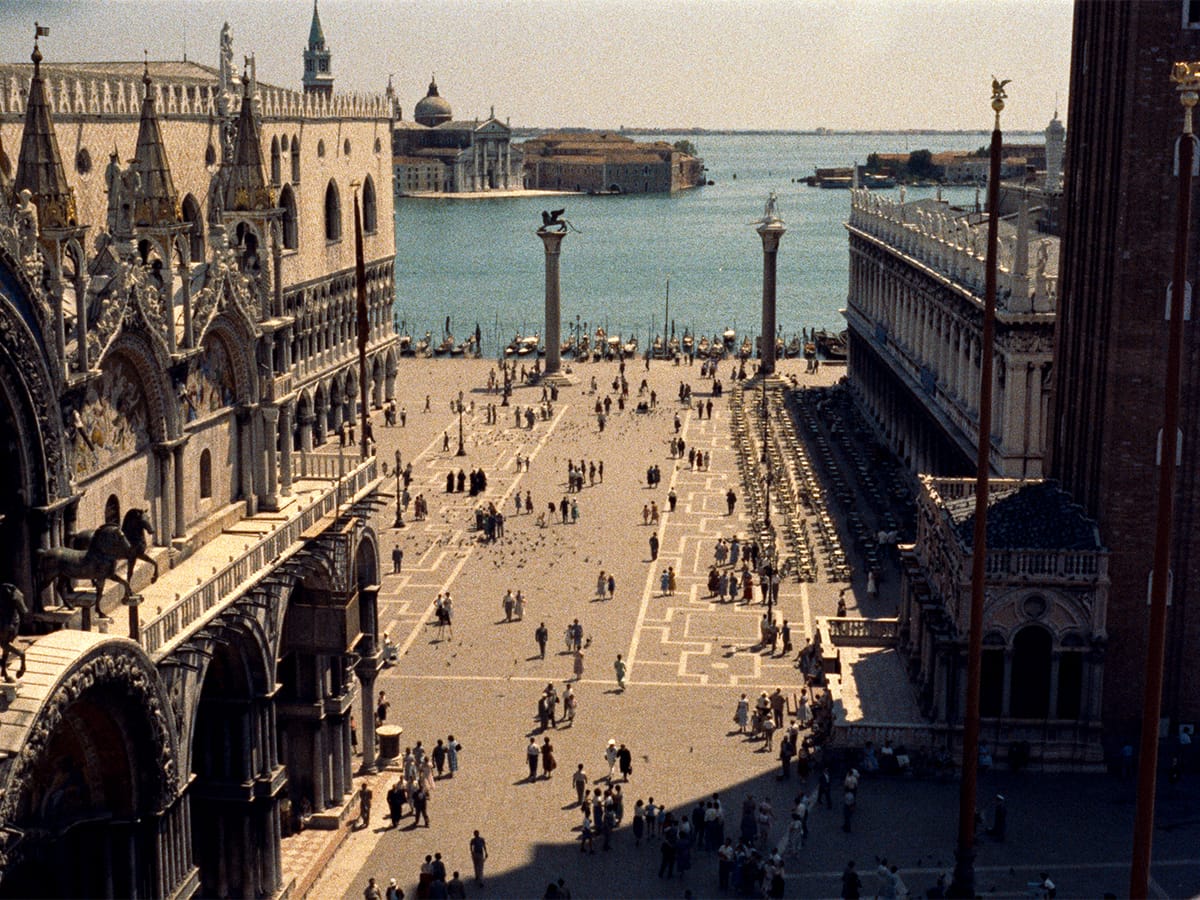
She’s enamoured of the theory but afraid of the practice, perhaps. Experience has taught her to accept defeat: when she tries to invite herself on a jaunt to Harry’s Bar with Eddie and Phyl and is politely but unmistakably excluded, she accepts it uncomplainingly, reacting almost as if this is what she’d expected and as if nothing’s wrong—although it must be a disappointment to her.
Experience has also taught her to put on a brave face (she lies to friends in a letter home about meeting a man), and she can be painfully self-aware (“I’m so happy to be here [staying in the small pensione], instead of in a hotel full of tourists…like me.)
Perhaps tellingly, one of the few times she lets strong emotion take control is when she believes Renato has scammed her by selling her a modern piece of glassware as an antique. Here, Jane is vehement; she has confidence in her rights as a consumer that she lacks in personal relationships. Could she be nothing more than a consumer of Italy itself, too, and a consumer of Renato rather than a real participant in his life?
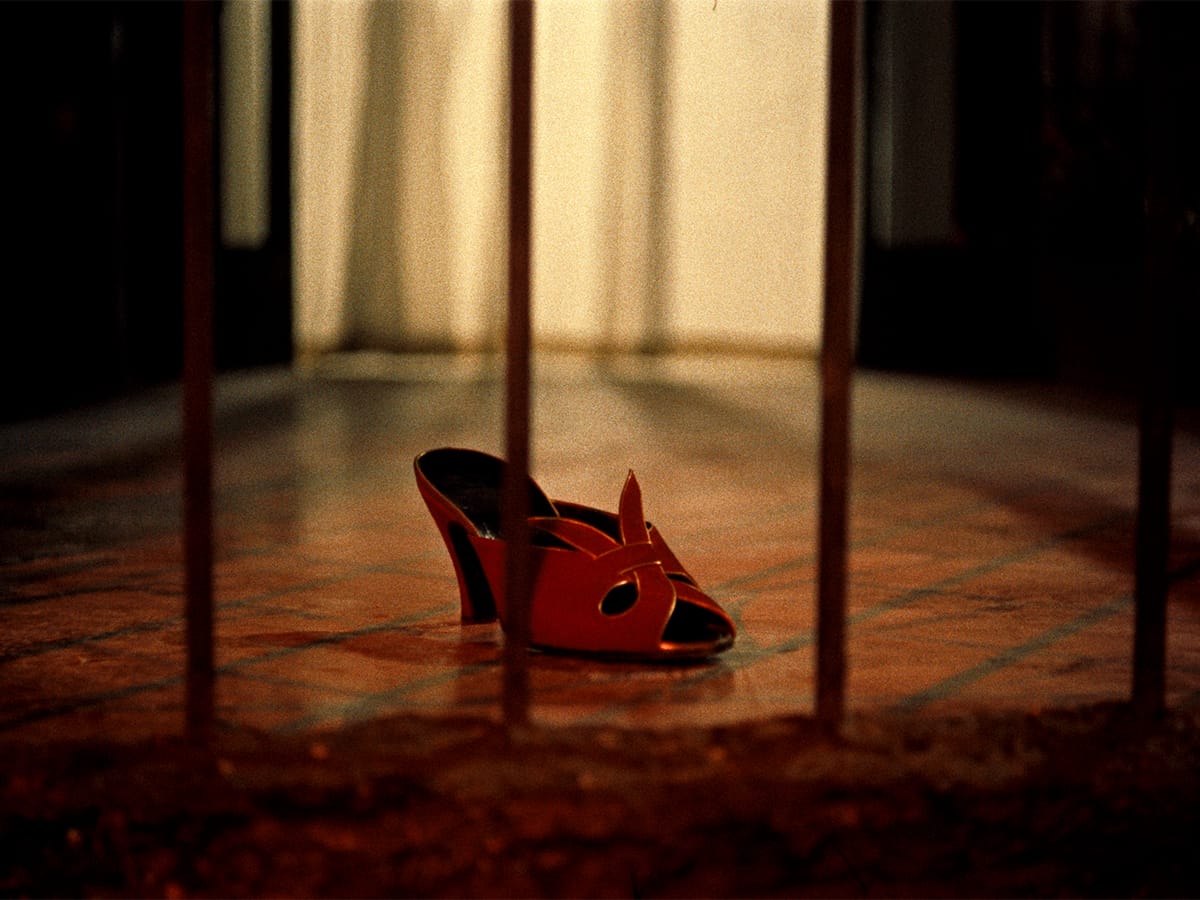
This possible fraud is significant to the movie in many other ways too. It underlines that Renato, for all his charm, is—as he says—not perfect, and the red goblet reinforces the symbolism of a colour used throughout Summertime, conjuring up love, anger, and passions of every kind. (The symbolic language of the movie is effective if simple: fireworks obviously denote sex, gardenias twice slipping out of reach stand for Jane and Renato’s relationship.)
Equally importantly, the episode with the goblet highlights the contrast that Lean and Bates are drawing between Jane and Mrs McIlhenny. The latter, who has purchased an identical glass not purporting to be antique, loves it; she is, it’s implied, happy to settle for something that’s simply nice without insisting it has to be really special.
The way that Mrs McIlhenny is so comfortable speaking even very broken and limited Italian contrasts, too, with Jane’s own hesitancy at the language. Far from being just a comedy cliché American tourist like her husband, the older woman is surely held up as an example of the easy contentment with life which Jane so lacks.
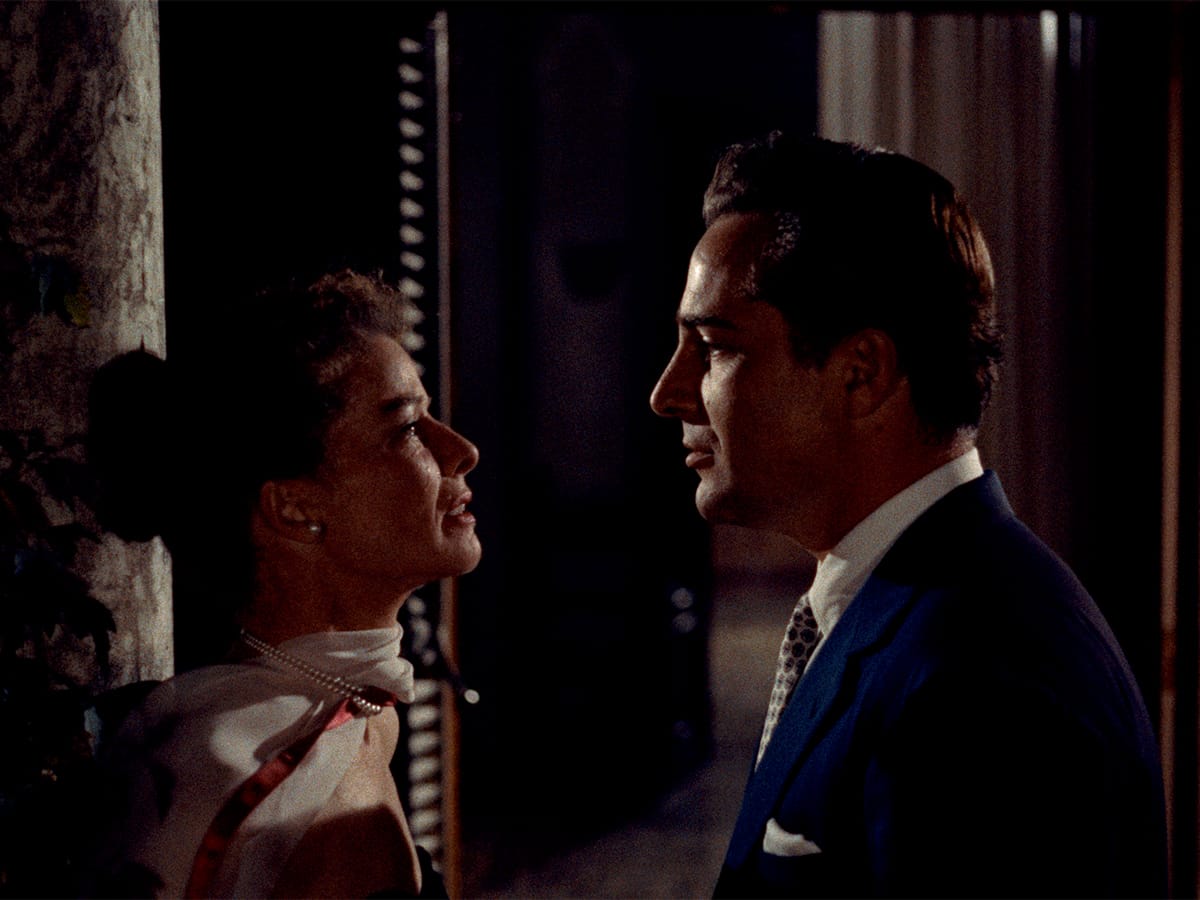
No other character is nearly as important as Jane, though Brazzi is memorable as Renato (difficult to read, but that’s the point) and his chemistry with Hepburn is credible, while Autiero is consistently charming and funny as young Mauro (though it’s fair to make the criticism, as the Lean scholar Melanie Williams does, that the film treats this distinctly underprivileged child as nothing more than local colour).
La Serenissima itself looms far larger than any of the Italians. The opening credits make a point of noting that Summertime–almost wholly shot on location—was “photographed entirely in Venice” and even that the music (including Alessandro Cicognini’s “Summertime in Venice”, later also performed by many other artists) was “recorded in Rome”—not quite the same city, admittedly, but presumably thought a touch of authenticity worth mentioning.
Much of what we see is picture-postcard Venice, especially in the scenes set in Murano, and of course here Summertime benefited hugely from Technicolor and the widescreen format. Producer Alexander Korda urged Lean not to ignore the well-known sights, but the director also intersperses many atmospheric shots of smaller details: the lagoon almost still, dozing gondoliers, a cat, and sad-looking statuary.
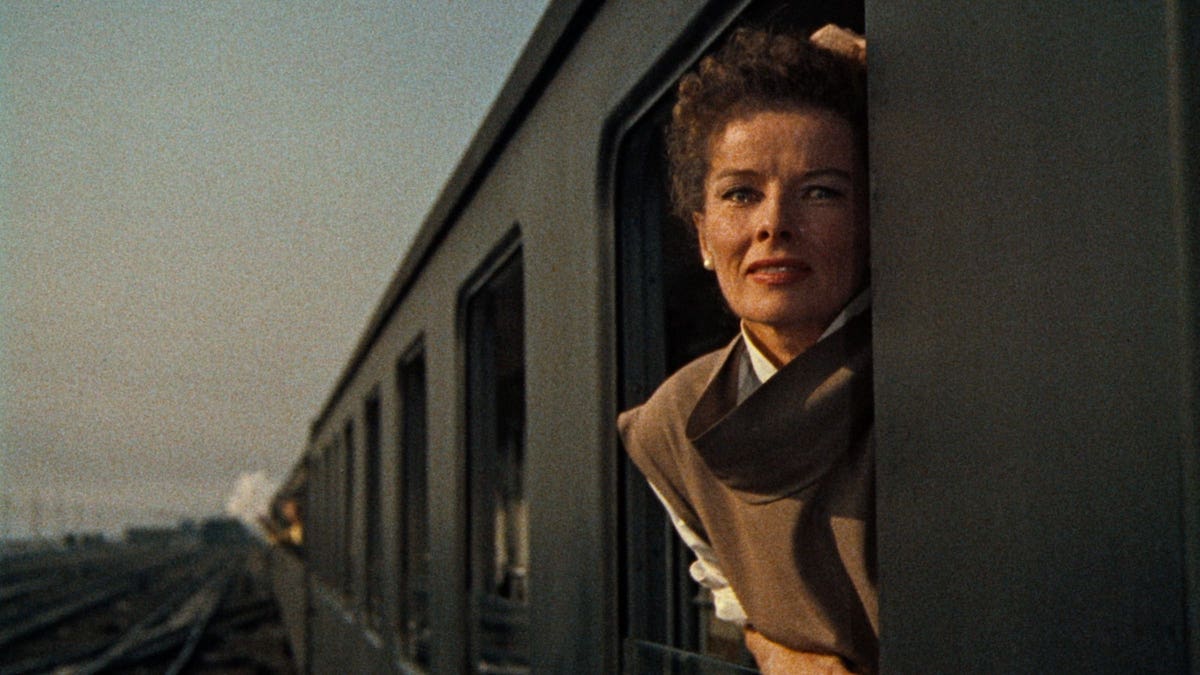
Throughout, the sense of a real place is palpable—the frame is frequently so full of stuff, more than you’d get on most designed sets, and in one scene the stuff even includes an irrelevant waiter constantly reaching into the foreground to pick up plates.
Occasionally the camera is used in a more expressionist way, too, though—as with the film’s visual symbolism—it’s never allowed to overwhelm the narrative. Jane walks through a very narrow street, the sky just visible before the campanile of St Mark’s Basilica is revealed and the vista of St Mark’s Square opens up: the alleyway is a mid-’50s middle-aged Midwestern secretary’s life, the sudden liberating space is Italy or Jane’s idealisation of it.
Summertime may have nothing like the wide familiarity of Bridge on the River Kwai, Lawrence of Arabia and Lean’s other later movies, but it is both a terrifically watchable film in its own right—particularly for Hepburn—and an important one in reassessing the director. As Williams (who contributes an excellent discussion to the extras on this disc) notes, it occupies a halfway point between the epics and his smaller films like Madeleine (1950) and Brief Encounter (1945); it also illuminates how significant women really were to his work. Both Brief Encounter and This Happy Breed (1944), for example, have clear thematic links to Summertime.
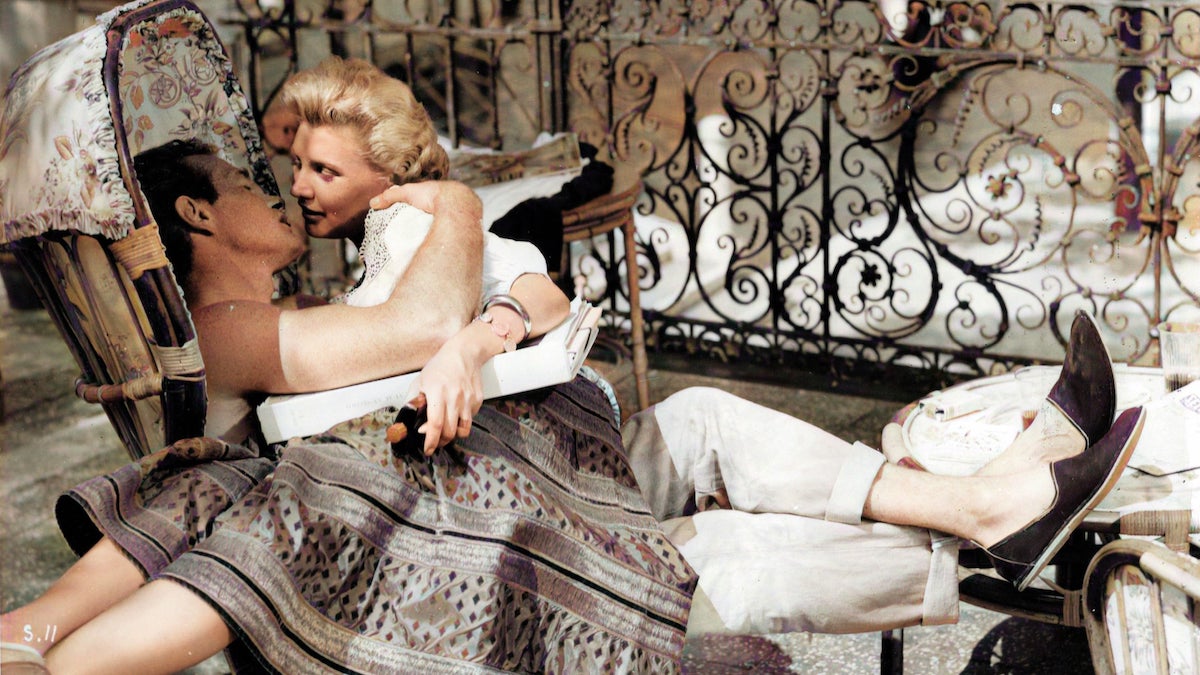
And then, of course, there’s Italy. Summertime does not set out to expose the dark side of the American quest for la dolce vita in the way that Patricia Highsmith did the same year in The Talented Mr Ripley (itself adapted for the screen several times). Its mission is more like Elizabeth David’s, more celebratory.
But Summertime is cautionary too. Even after the film has ended, we can’t be fully sure whether Jane has really got what she wanted, or whether she has talked herself out of happiness that was within her reach, all because she has a consumer tourist’s obsession with unattainable perfection, with living the dream.
As Renato says to her, “You’re like a hungry child who was given ravioli to eat. No, you say, I want beefsteak. Young girl, you are hungry. Eat that ravioli.”
UK • USA | 1955 | 100 MINUTES | 1.85:1 | COLOUR | ENGLISH • ITALIAN


director: David Lean.
writers: H.E Bates & David Lean (based on the play ‘The Time of the Cuckoo’ by Arthur Laurents).
starring: Katharine Hepburn, Rossano Brazzi, Isa Miranda, Darren McGavin & Mari Aldon.
